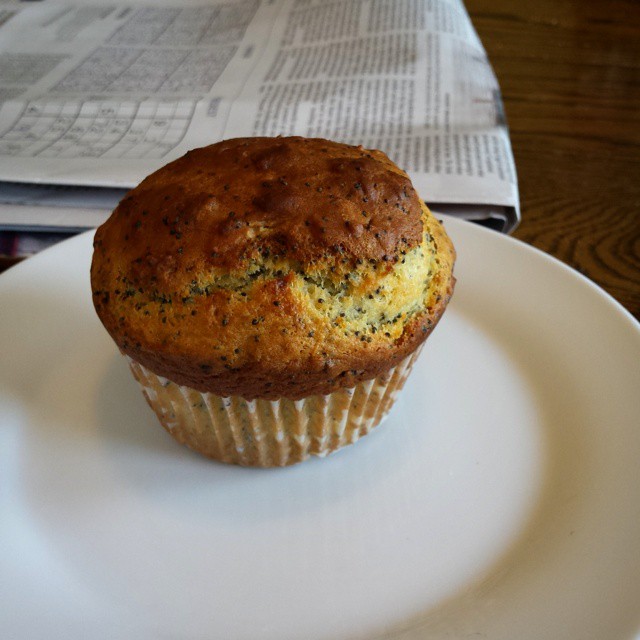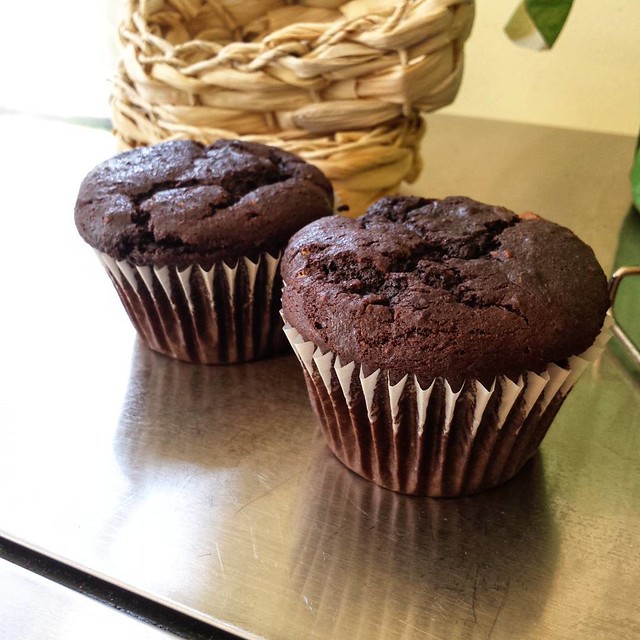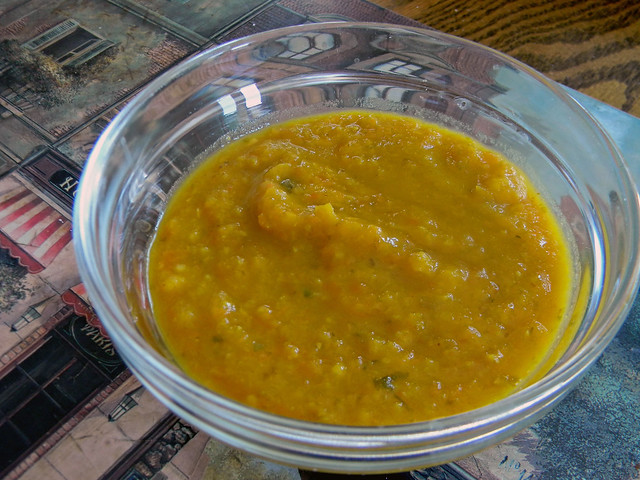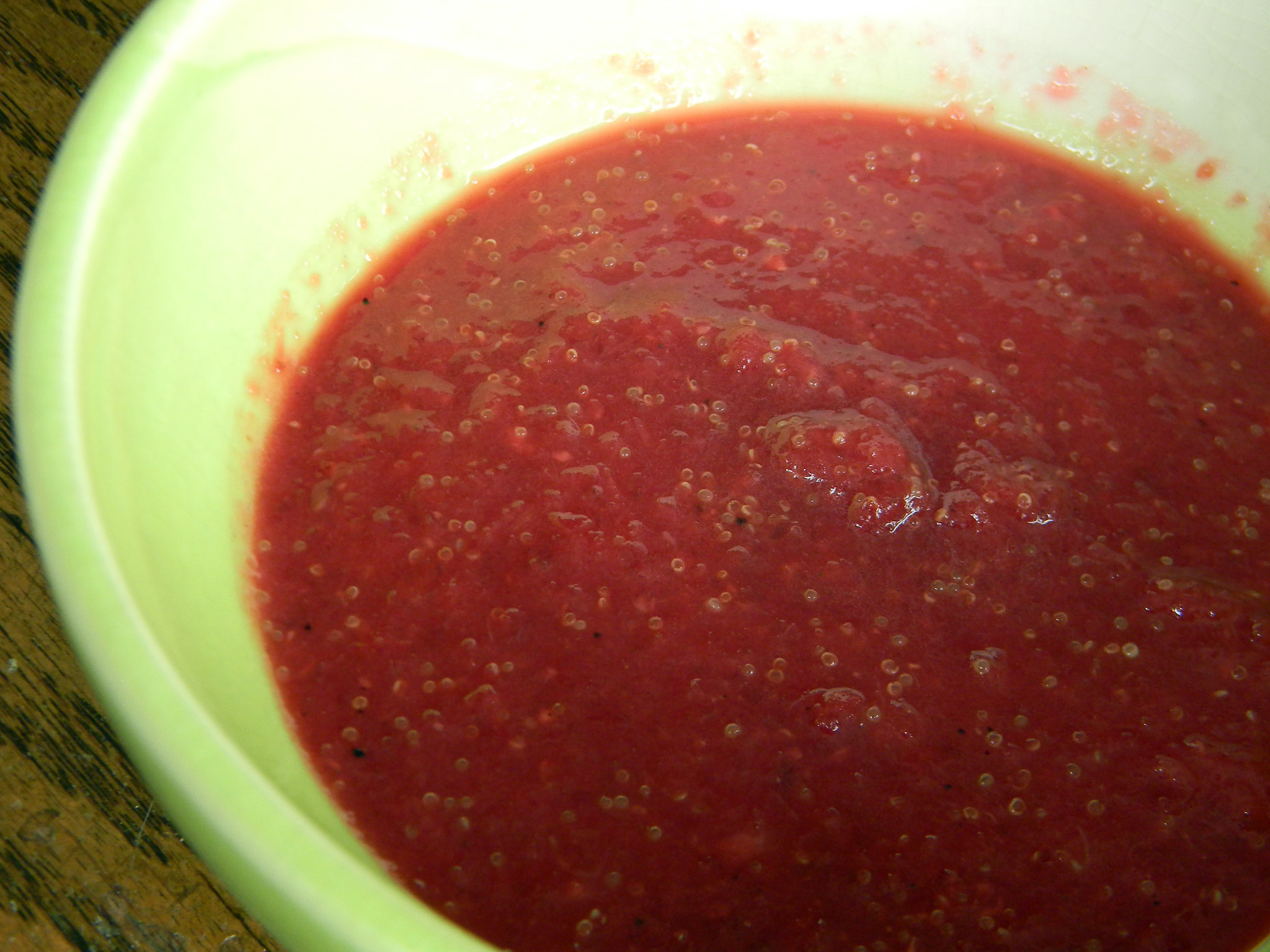Author: Camilla V. Saulsbury
Publisher: Robert Rose (2011)
I pride myself on making cakes from
scratch. A few times a year, I’m able to get really fancy and go all-out with
an elegant layer cake with homemade frosting, or a super-rich cheesecake that fills
a craving with only a sliver. The rest of the year, though, I like to bake
low-fuss, low-mess cakes with minimal adornment – and no box mixes. Camilla Saulsbury seeks to fill this niche with her
book Piece of Cake!: One-Bowl, No-Fuss, From-Scratch Cakes.
 This book claims to alleviate many of
the sticking points that prevent home bakers from making cakes from scratch –
recipes here don’t need multiple bowls, creaming, separating eggs, alternating dry
and wet addition or sifting. In fact, the roughly 240 pages of recipes in Piece
of Cake kick off with the classic, almost never-fail Wacky Cake (p. 12). The cakes are, for the most part, designed to
be incredibly simple in their presentation, although Saulsbury does include
over 50 recipes for various topping (i.e. icings, glazes, and sauces). For the
truly new cake-bakers, this book contains a lengthy introduction covering
ingredients, equipment and techniques. Reading this section is 100% optional
for those who have baked at least a few times in their lives, but if not, I
strongly suggest a perusal.
This book claims to alleviate many of
the sticking points that prevent home bakers from making cakes from scratch –
recipes here don’t need multiple bowls, creaming, separating eggs, alternating dry
and wet addition or sifting. In fact, the roughly 240 pages of recipes in Piece
of Cake kick off with the classic, almost never-fail Wacky Cake (p. 12). The cakes are, for the most part, designed to
be incredibly simple in their presentation, although Saulsbury does include
over 50 recipes for various topping (i.e. icings, glazes, and sauces). For the
truly new cake-bakers, this book contains a lengthy introduction covering
ingredients, equipment and techniques. Reading this section is 100% optional
for those who have baked at least a few times in their lives, but if not, I
strongly suggest a perusal.
My favourite part about this book is
that Saulsbury includes homemade cake mixes for both “conventional” and “vegan”
cakes. While almost any cake can be converted into a dry mix (just by mixing
the dry ingredients in a bag separately), Saulsbury’s recipes also include the solid
fat component, so much like a conventional baking mix all you’d have to do is
add eggs, milk and a touch of oil to have cake any time. I tried the Yellow Cake Mix (p.42) and have to say a
food processor is definitely the best way to go here. I did find the cake a
little denser than storebought mix, and it took a little more time in the oven
than I’m used to – I think this is the result of the book’s mix only calling
for 2 eggs instead of three.
My problems with the cake outcomes
continued when I went to make a classical favourite here: lemon cake. Titled
grandly as Luscious Lemon Loaf (p.73),
I had high hopes for this as a perfect accompaniment to tea with guests. Unfortunately,
all the liquid in the cake (3 eggs, 1 cup of sour cream and ½ cup of oil)
simply caused the “luscious lemon cake” to turn into mush, which burned on the
outside while never baking through. After that failure, and my previous
experience with the cake mix, I was very wary about trying anything else from
this book as I don’t want to waste ingredients. However, I will continue to use
the recipes as bases for my own modifications and ideas, as they are plentiful
here.
While I may not have found cooking from
this book to be easy, Piece of Cake!: One-Bowl, No-Fuss, From-Scratch Cakes
does contain solid knowledge of basic baking techniques and plenty of fodder
for would be bakers to build on. I highly suggest learning what batters and
ratios should look like before attempting anything in this book so as to avoid
disappointment.




